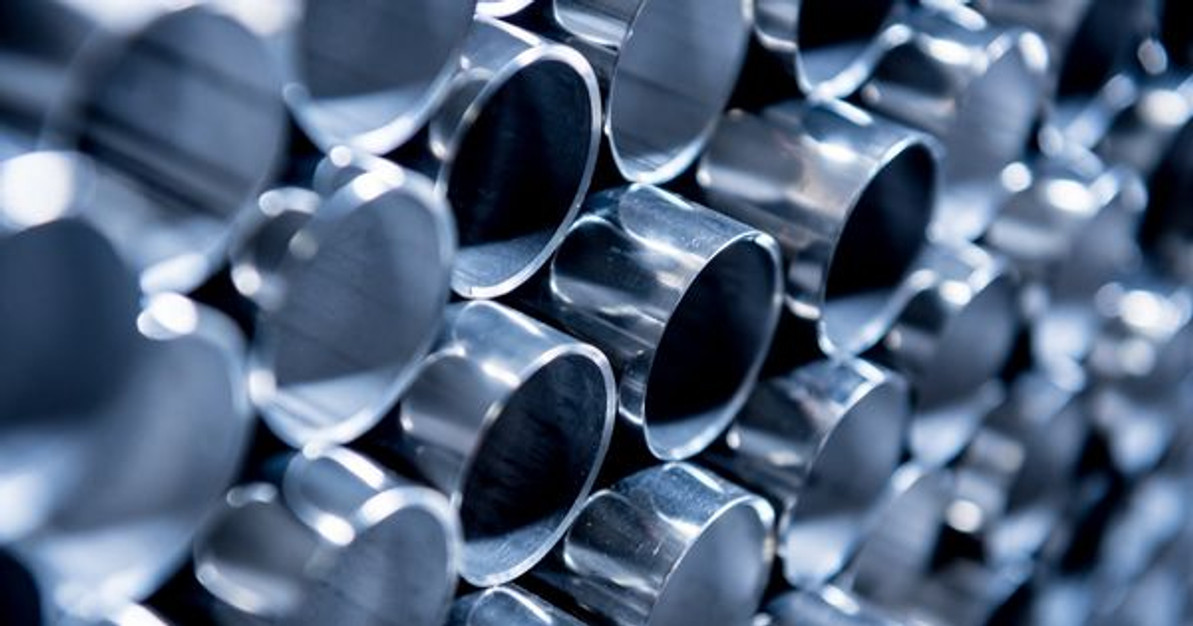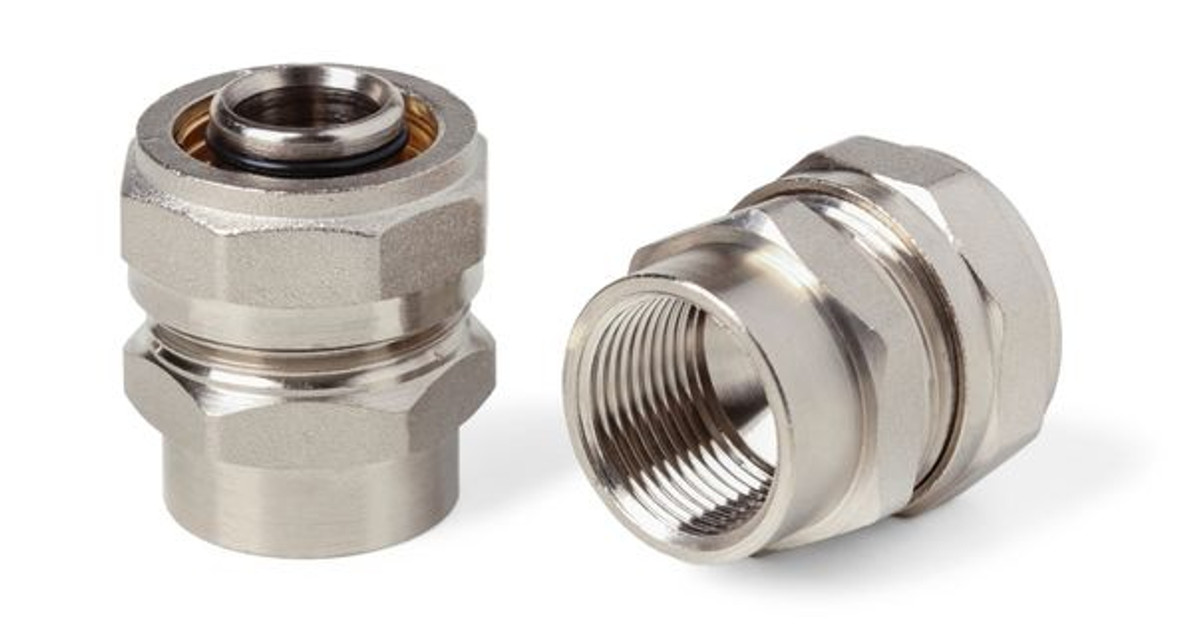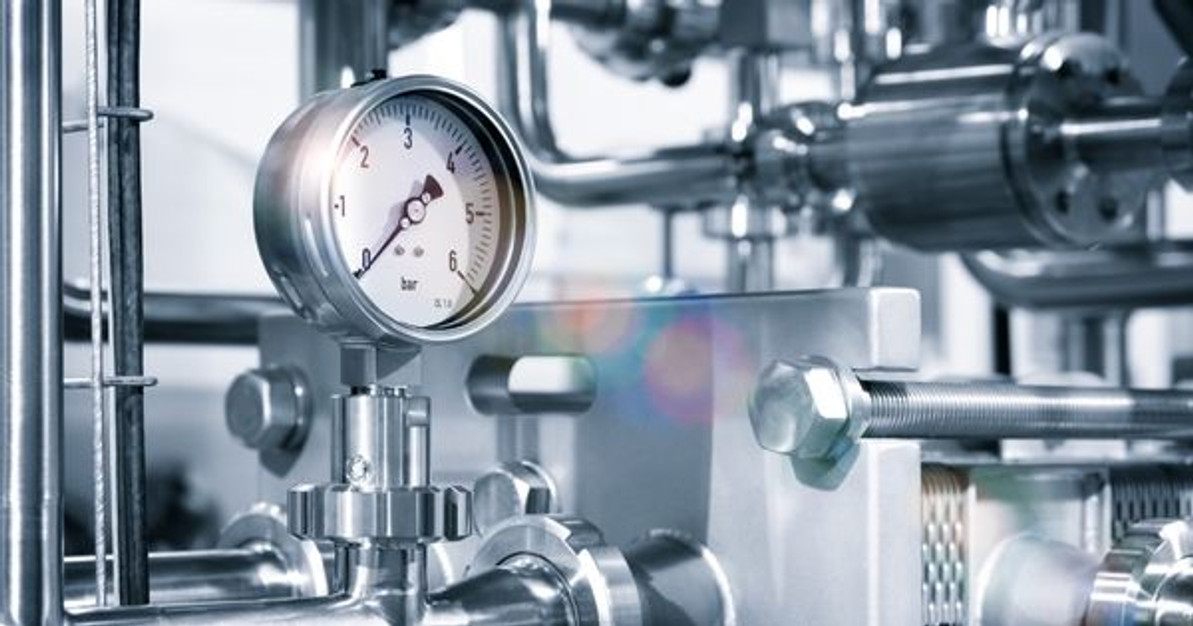 Apr 25th 2017
Apr 25th 2017 A Brief History of Valves
Here at Chemseal, we specialize in providing the highest quality stainless steel sanitary valves for industries with the strictest international standards. Although stainless steel is our focus and specialty, we realize that the valve industry produces valves, pumps, tubes, and more products made out of a wide variety of materials.
While we’re always interested in staying informed on the most modern developments in our industry, we realize that one can only appreciate how far we’ve come by taking the time to understand the past. To that end, we’ve assembled a brief history of the valve industry to provide context to where we’re at and where we think the industry is headed!
EARLY ROMAN VALVES
Would you believe that the Romans had working valves very similar to the ones we used throughout the 19th and 20th century? You’ve probably heard of how Romans were able to supply their cities with fresh water via aqueduct design, tunnels, piping, and storage tanks. Without valves, the transport and hydraulic control of this water would have been impossible, however.
Early Roman valves were made of a bronze alloy that bears a remarkable resemblance to the ASTM B62 bronze chemistry of today. They typically had inline configurations with cylindrical chambers into which a plug could be inserted.
19TH CENTURY REVIVAL
As with many brilliant technologies of the ancient Roman Empire, developments in plumbing and valve use were lost during the dark ages. It wouldn’t be until the 19th century that bronze and iron valves would start to make a comeback, spurred by the steam locomotive boom. Towards the end of the 19th century, valve manufacturers began to make new strides in materials like ferro-steel. Stop cock, globe, and wedge-type gate valves were patented during this time.
THE DAWN OF CAST STEEL
In the early part of the 20th century, cast steel burst onto the scene as a new valve material. “By 1950, cast steel would become the primary valve construction material for the steam generation industry,” explains Valve Magazine.
WORLD WAR II AND THE DEMAND FOR ALLOYS
During this conflict, American manufacturing technologies developed quickly to be able to meet the demands of a nation at war. “The race for synthetic rubber, 100 octane gasoline and other valuable products needed for the war effort created a demand for alloys that could handle the pressures, temperatures and corrosion created by these processes. Valves of austenitic stainless steel (300 series) helped handle production in these plants, and these materials are still a staple today,” continues Valve Magazine.
We hope this post has given you a brief introduction to the long and important history of valves, and how essential stainless steel sanitary valves are to a healthy and wealthy society. Although they’re almost never seen or thought about by the general public, valves formed the basis of irrigation and plumbing technologies, made steam engine technology possible, and had more than a little influence on the outcome of World War II. Who would have thought that a small element of the plumbing and manufacturing industries could be so powerful?
Keep the proud history alive. Shop our full selection of stainless steel sanitary valves today and other accessories today!
 Apr 25th 2017
Apr 25th 2017 Recent Posts
-
Nov 7th 2022
What Is Food-Grade Stainless Steel Tubing?
Businesses that produce food and beverage products must operate hygienically. Sterile environments a …Nov 7th 2022
-
Oct 11th 2022
Why Sanitary Fittings Are Important for the Medical Industry
Sanitary fittings are useful for many industries. Food and beverage manufacturers have used these to …Oct 11th 2022
-
Sep 23rd 2022
What Is the Max Operating Temperature for Stainless Steel?
Stainless steel is valued in many industrial applications because it’s capable of withstanding high …Sep 23rd 2022



